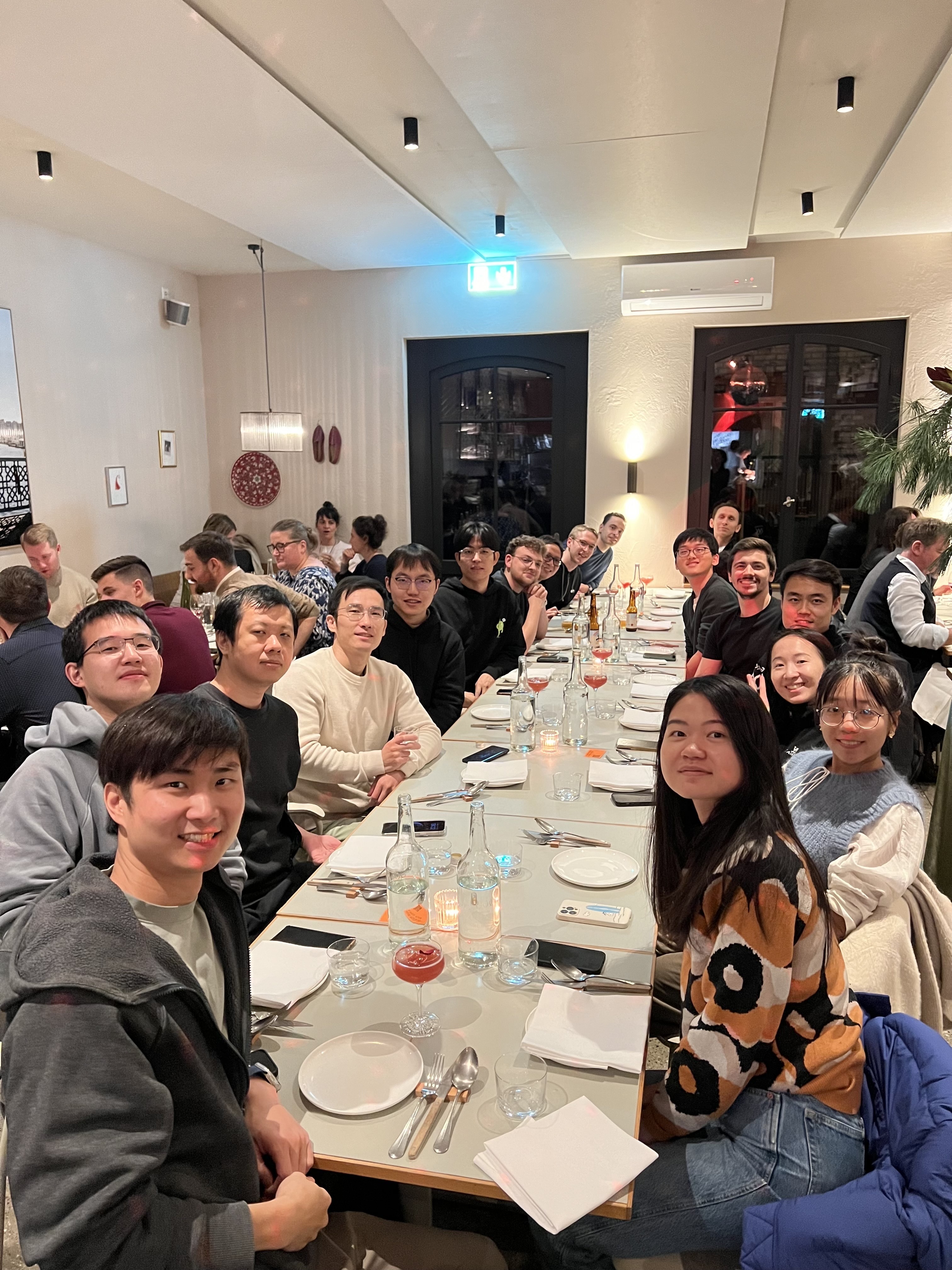
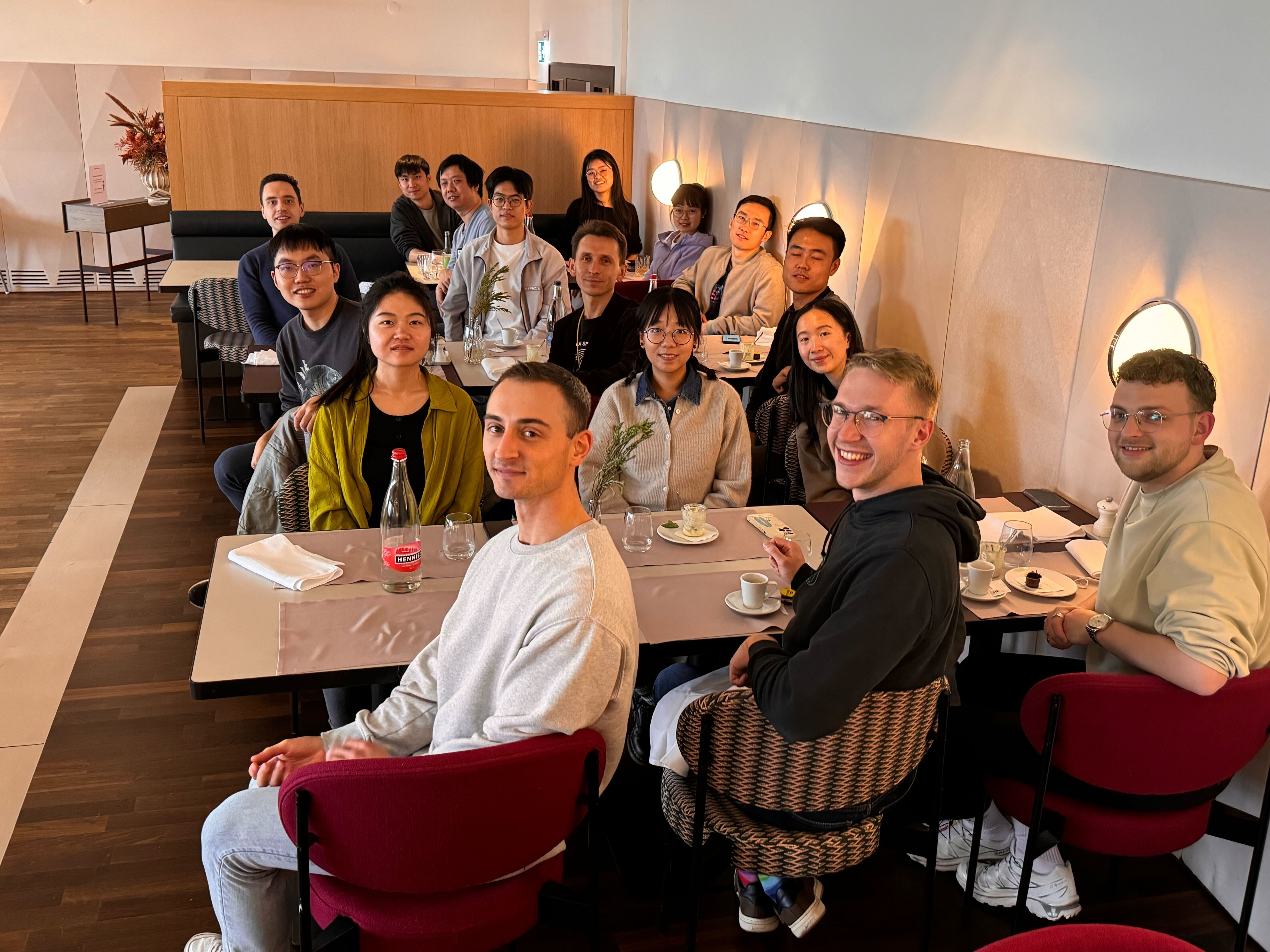
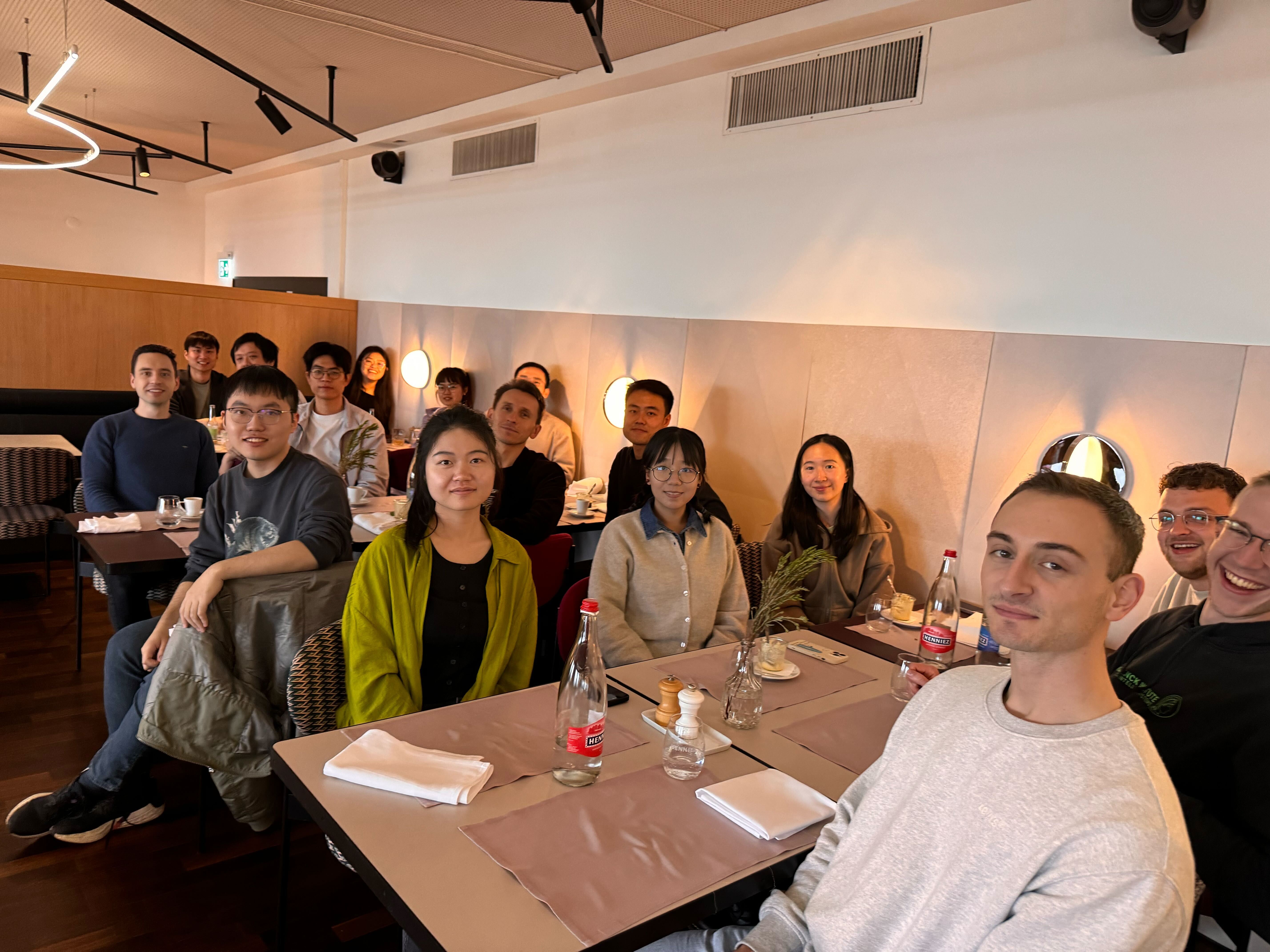
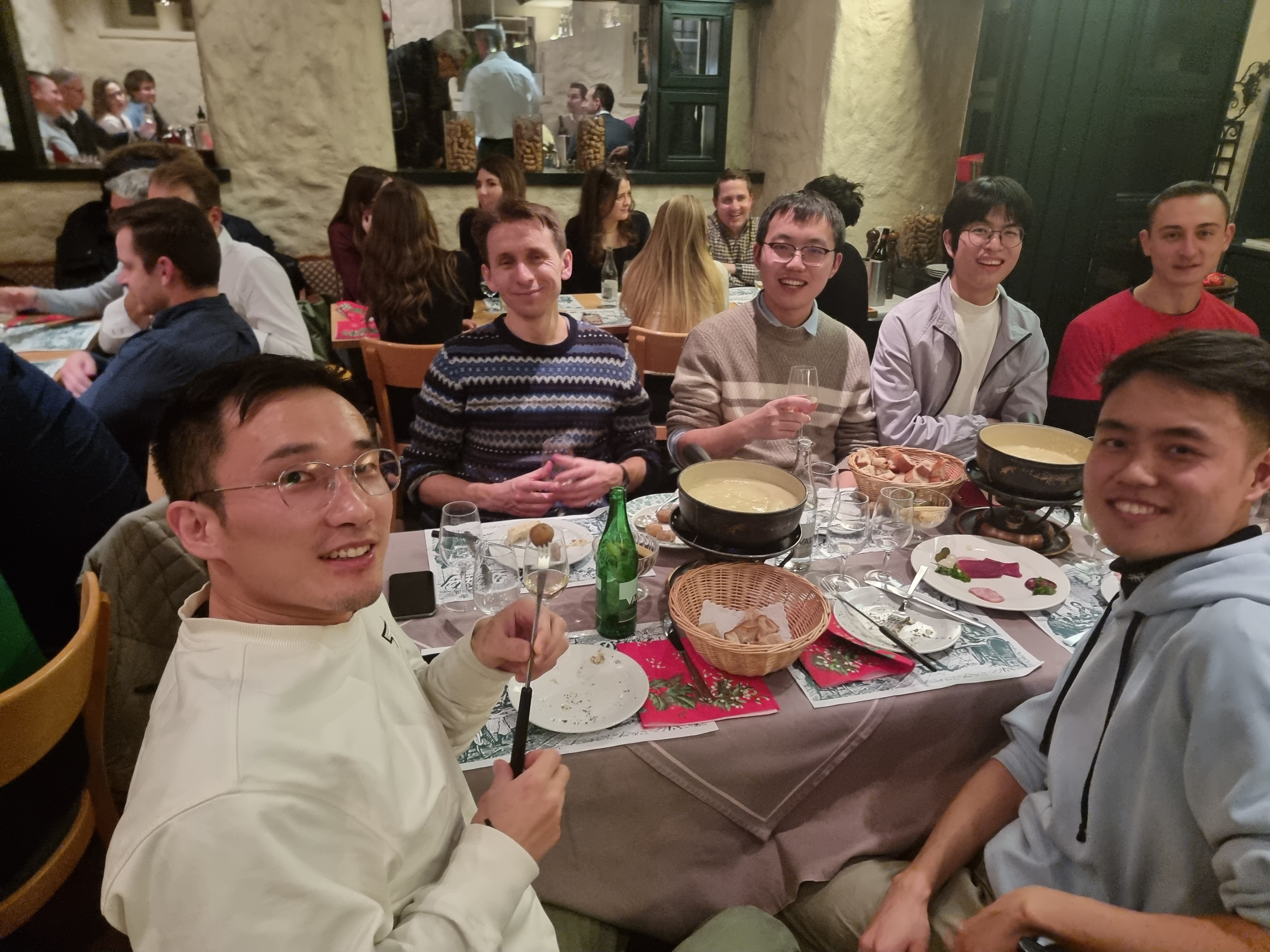
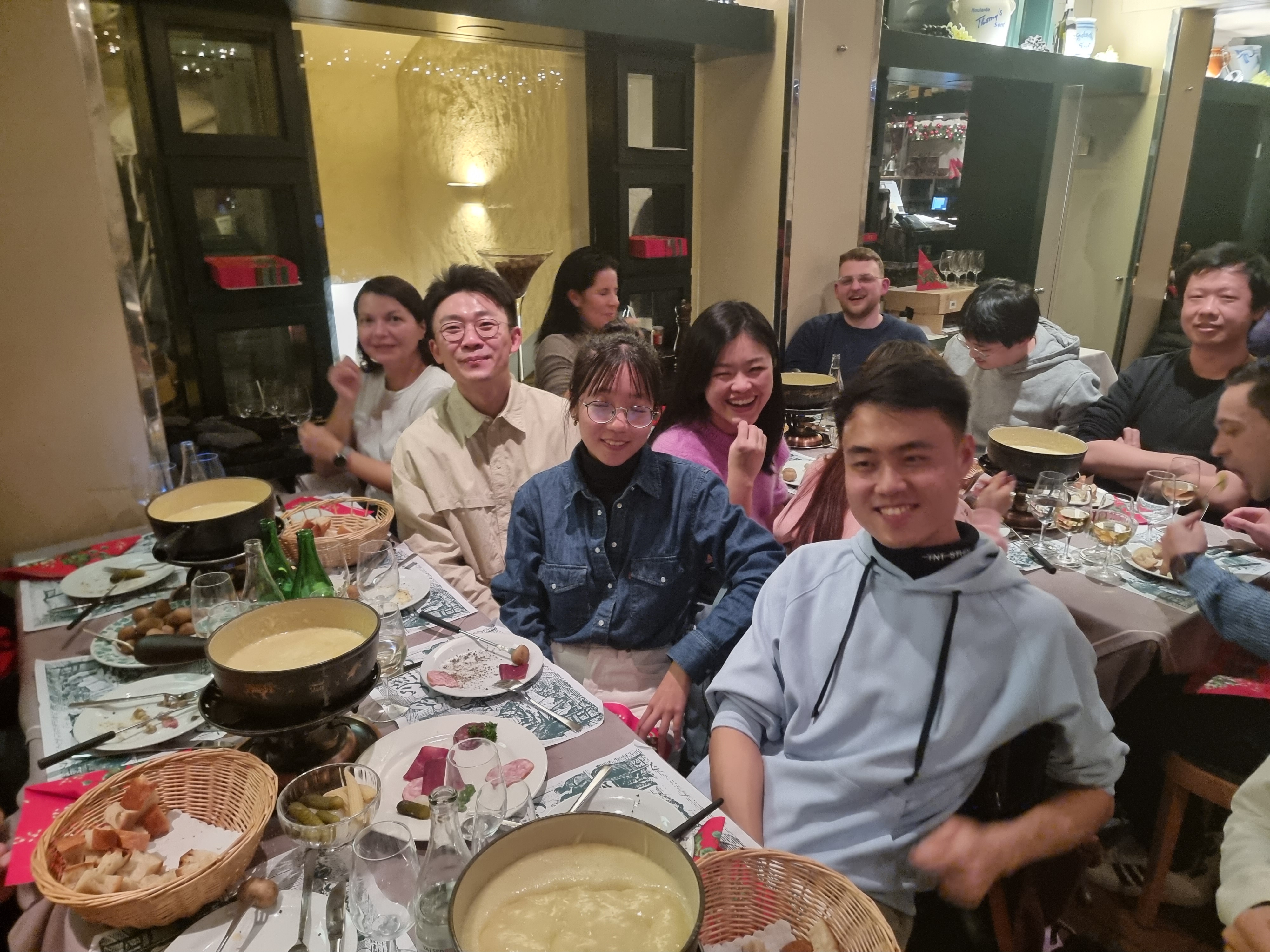





In-depth look at our work.
Conference: SIGGRAPH Asia 2025 Conference Track
Authors:Yiming Wang, Shaofei Wang, Marko Mihajlovic, Siyu Tang
Neural Texture Splatting is an expressive extension of 3D Gaussian Splatting that introduces a local neural RGBA field for each primitive.Conference: NeurIPS 2025
Authors:Yiming Wang, Lucy Chai, Xuan Luo, Michael Niemeyer, Manuel Lagunas, Stephen Lombardi, Siyu Tang, Tiancheng Sun
SplatVoxel is a hybrid Splat-Voxel representation that fuses and refines Gaussian Splatting, improving static scene reconstruction and enabling history-aware streaming reconstruction in a zero-shot manner.Conference: ICCV 2025 Findings Workshop
Authors:Zeren Jiang, Shaofei Wang, Siyu Tang
DNF-Avatar, a novel framework to distill knowledge from implicit model to explicit one for real-time rendering and relighting.Conference: International Conference on Computer Vision (ICCV 2025) highlight
Authors:Yan Wu, Korrawe Karunratanakul, Zhengyi Luo, Siyu Tang
UniPhys is a diffusion-based unified planner and text-driven controller for physics-based character control. It generalizes across diverse tasks using a single model—from short-term reactive control tasks to long-term planning tasks, without requiring task-specific training.Conference: International Conference on Computer Vision (ICCV 2025) oral presentation
Authors:Frano Rajič, Haofei Xu, Marko Mihajlovic, Siyuan Li, Irem Demir, Emircan Gündoğdu, Lei Ke, Sergey Prokudin, Marc Pollefeys, Siyu Tang
MVTracker is the first data-driven multi-view 3D point tracker.Conference: International Conference on Computer Vision (ICCV 2025)
Authors:Rui Wang, Quentin Lohmeyer, Mirko Meboldt, Siyu Tang
With gaussian splatting based self-supervised dynamic-static decomposition, DeGauss models SOTA distractor-free static scene from occluded inputs as casual captured images & challenging egocentric videos, and simultaneously yields high-quality & Efficient dynamic scene representation.Conference: International Conference on Computer Vision (ICCV 2025) highlight
Authors:Marko Mihajlovic, Siwei Zhang, Gen Li, Kaifeng Zhao, Lea Müller, Siyu Tang
VolumetricSMPL is a lightweight extension that adds volumetric capabilities to SMPL(-X) models for efficient 3D interactions and collision detection.Conference: International Conference on Computer Vision (ICCV 2025)
Authors:Gen Li, Yutong Chen*, Yiqian Wu*, Kaifeng Zhao*, Marc Pollefeys, Siyu Tang (*equal contribution)
EgoM2P: A large-scale egocentric multimodal and multitask model, pretrained on eight extensive egocentric datasets. It incorporates four modalities—RGB and depth video, gaze dynamics, and camera trajectories—to handle challenging tasks like monocular egocentric depth estimation, camera tracking, gaze estimation, and conditional egocentric video synthesisHere’s what we've been up to recently.
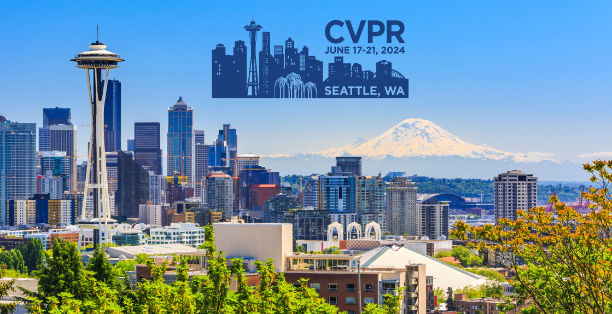
We have seven papers accepted at CVPR 2024:RoHM: Robust Human Motion Reconstruction via Diffusion (oral presentation)EgoGen: An Egocentric Synthetic Data Generator (oral presentation)DNO: Optimizing Diffusion Noise Can Serve As Universal Motion PriorsMorphable Diffusion: 3D-Consistent Diffusion for...

We have five papers accepted at ICCV 2023:Dynamic Point Fields: Towards Efficient and Scalable Dynamic Surface Representations (oral presentation)EgoHMR: Probabilistic Human Mesh Recovery in 3D Scenes from Egocentric Views (oral presentation)GMD: Controllable Human Motion Synthesis via Guided...